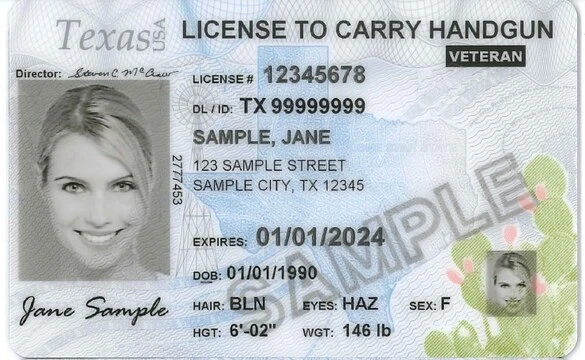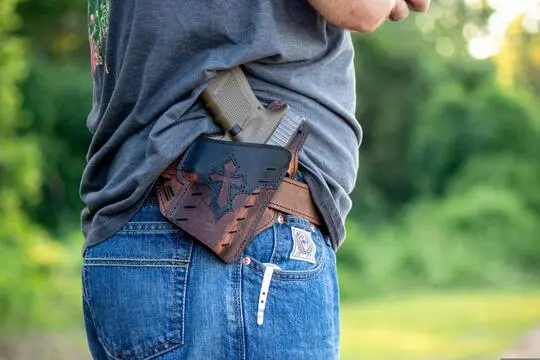Maintaining a handgun is a critical responsibility for owners, requiring attention to detail and careful execution. It involves a multifaceted approach that encompasses a variety of tasks, from cleaning and lubrication to storage and troubleshooting. In this comprehensive overview, we will delve into the intricacies of handgun maintenance and provide you with the information you need to keep your firearm in tip-top condition.
Cleaning
Cleaning your handgun is a vital component of its maintenance. The process involves clearing your gun, disassembling it, and cleaning the barrel and other components with a bore brush and cleaning solution.
- Clear your gun: Before cleaning your gun, ensure that it is unloaded and the chamber is clear. Remove the magazine and visually inspect the chamber to ensure that there is no ammunition.
- Disassemble your gun: Follow the manufacturer's instructions to disassemble your handgun. You should be able to access the barrel, slide, and other components.
- Clean the barrel: Use a bore brush and cleaning solution to clean the inside of the barrel. Scrub back and forth several times to remove any fouling.
- Clean the slide and other components: Use a cleaning solution and a cloth or brush to clean the slide, frame, and other components of your handgun.
- Lubricate your gun: Once your gun is clean, apply a thin layer of lubricant to the moving parts. This will help prevent rust and keep your handgun running smoothly.
Lubrication
Proper lubrication is also key to ensuring your handgun runs smoothly, preventing malfunctions and damage. To lubricate your gun, follow the manufacturer's instructions and apply a thin layer of lubricant to the moving parts before wiping off any excess.
- Disassemble your gun: Follow the manufacturer's instructions to disassemble your handgun. You should be able to access the moving parts that require lubrication.
- Apply lubricant: Use a high-quality lubricant to apply a thin layer to the moving parts of your handgun. Be sure to follow the manufacturer's instructions for the type of lubricant to use.
- Wipe off excess lubricant: After applying the lubricant, wipe off any excess with a clean cloth. Too much lubricant can attract dirt and debris, which can cause malfunctions.
Storage
When storing your handgun, it is important to take several precautions to prevent rust, corrosion, and other damage. This includes unloading your gun, using a gun safe, and employing a dehumidifier to keep the air dry. Checking your gun regularly is also essential, as it allows you to identify any potential issues and address them before they become a problem.
- Unload your gun: Before storing your handgun, ensure that it is unloaded and the chamber is clear. Remove the magazine and visually inspect the chamber to ensure that there is no ammunition.
- Store your gun in a safe: Invest in a gun safe to keep your firearm secure and protected from theft, fire, and other hazards. A gun safe will also prevent unauthorized access.
- Use a dehumidifier: Moisture can cause rust and corrosion, so use a dehumidifier to keep the air dry in your gun safe.
- Check your gun regularly: Even if your handgun is stored in a safe, you should check it regularly to ensure that it is still in good condition. Check for rust, corrosion, and any other damage.
In conclusion, handgun maintenance is a crucial part of owning a firearm, requiring a consistent approach to cleaning, lubrication, and storage. By following the steps outlined in this overview, you can ensure that your handgun remains in excellent condition and operates safely and effectively.
Further articles are planned to detail the maintenance of specific platforms.




